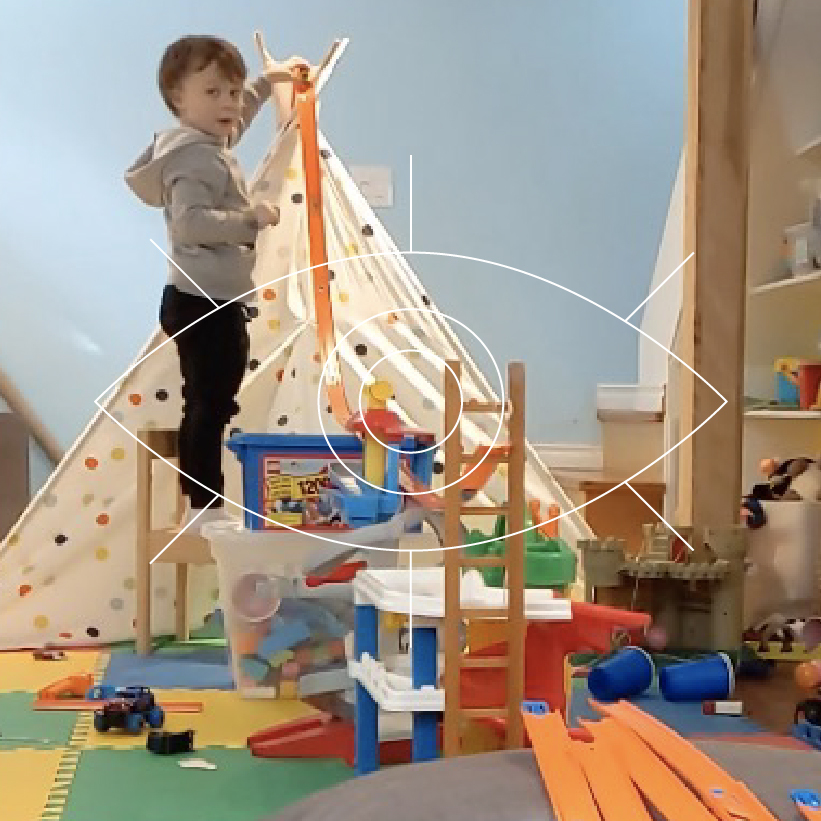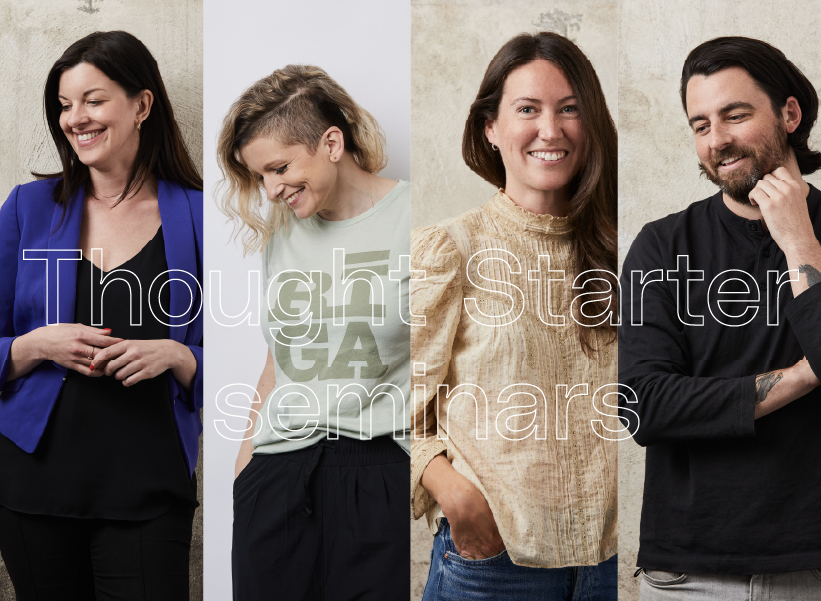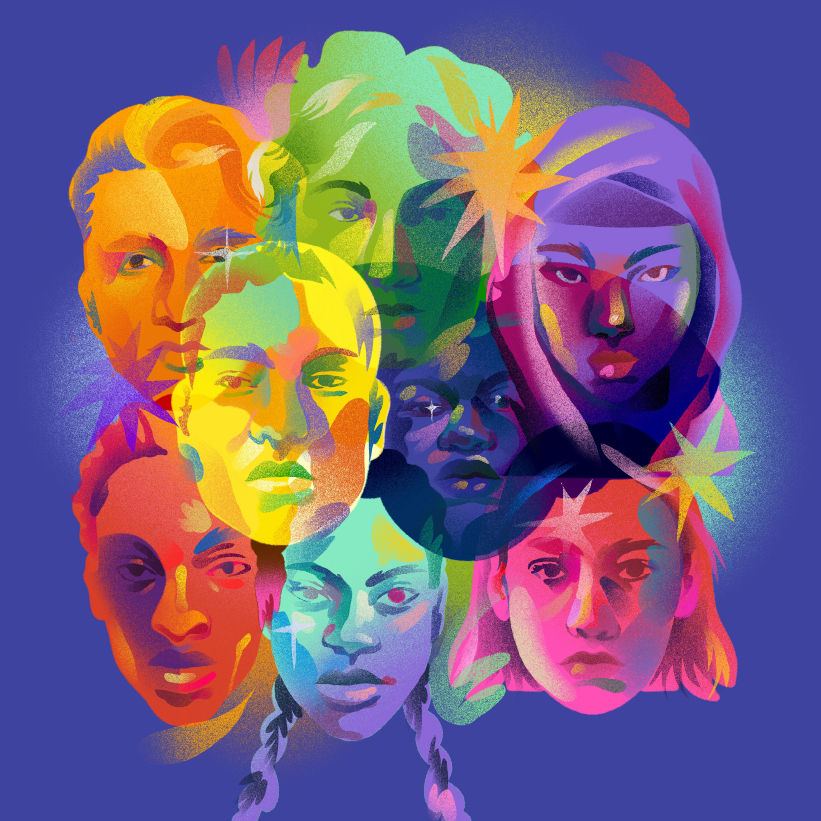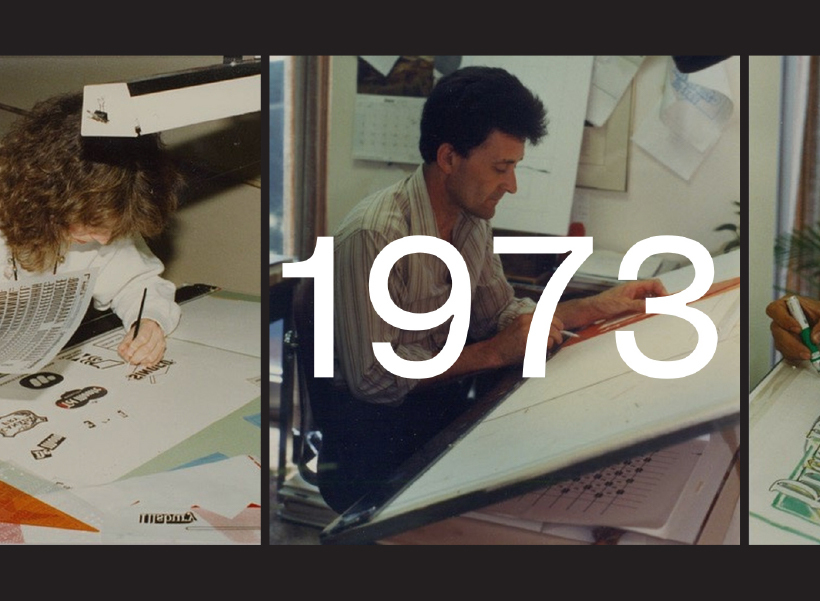January 15, 2024
Creative ideation in an AI world

2023 has been a breakout year for generative AI.
A McKinsey survey from mid-April 2023, when many generative AI tools were in their early days of public usage, showed that 79% percent of all respondents said they’d had some exposure to generative AI, and 22% said they regularly use it in their work.
Of these respondents, the most commonly reported uses of generative AI tools were in marketing and sales functions.
This either points to companies devaluing marketing to the point that they’d like to automate it to the greatest extent possible or valuing it so much that they want to focus technology and efforts on it. Since this is written for a marketing audience by somebody who works at an advertising agency, let’s assume the latter.
Since companies around the world are trying to figure out how to best use AI to improve performance, heavily leaning into marketing functions, advertising agencies are frantically trying to figure out how to use this constantly evolving technology to best serve clients.
And while many advertising agencies consider themselves to be on the cutting edge of trends, or even more boldly, to dictate trends themselves, nobody seems to have cracked the code.
There are countless articles and talks from industry leaders about the potential of generative AI, but most take the form of how to leverage current tools in the best way. Focusing on evolving skillsets and comparing the emergence of generative AI to other technological advancements that fundamentally changed the advertising and design industry.
There’s an acknowledgment of what it can’t do, and a rallying cry for creatives to continue pushing boundaries in ways that machine learning can’t, claiming that AI can’t replicate human creative thinking.
This is almost true.
The fact is, with access to so much data, AI does replicate some human creative thinking. It scrapes the Internet for all the information it can find, finds what has been done and successful, and creates a facsimile of it.
Where it falls short is with a certain type of original problem solving.
Say you ask Chat GPT to give you some campaign ideas. Since it’s a large language model, it uses information gathered and gives you an answer by predicting the next word based on what it’s already seen. It repeats this process, predicting the next word, and the next one, until the answer you’re asking for is complete.
The key tools it’s using are available information, grammar, and pattern recognition.
Given these parameters, there’s one occupation that’s safe. And they may hold the key to continued creative problem solving in the age of AI.
Being a kid.
Kids are unpredictable. You don’t know what they’re going to say and neither does all the information in the world.
That’s because kids are the opposite of large language models. They aren’t always great at following rules. They don’t have all the information in the world. They barely have any. And these attributes make them fun and creative.
They come up with unconventional solutions to problems. They’re not always the right solutions, but they’re usually surprising.
And, as we know, surprise is one of our most powerful tools in marketing. The evidence of this can be seen in studies about effective marketing or by looking at the most culturally influential ads of the past. There’s always something surprising about them. And surprise doesn’t come from aggregating what has already been done.
In the interest of making this article actionable in some way, here are ways that you can outsmart AI by taking cues from the least knowledgeable people you know.
Blurt out anything that comes to mind
Kids are experts at saying whatever pops into their head without concern for how they’ll be perceived. Regardless of relevance to the conversation at hand, they make themselves heard with their unique thoughts.
This is a useful way to conduct yourself in brainstorms too. When you’re worried about how other people will respond to your ideas and keep them to yourself, the conversation doesn’t move forward. The best ideas come from unexpected places so let loose in your next meeting, maybe somebody will be able to build on your unfiltered nonsense to create something brilliant.
Start sentences with “What if a…”
In the name of experimentation, children often combine things that have no reason to be combined. Most often this results in inedible food or unstable constructions, but sometimes it works.
The same can be said for ideation. Trying to combine two unrelated things may only rarely work, but the times it does can provide for some unconventional, and effective, problem solving.
Do something you’ve never done before
The whole life of kids is doing things they’ve never done before. It’s intimidating and comes with a lot of uncertainty because you often don’t know where to start.
That said, the best ideas have never been done before. Learning how to bring something truly original to life is part of the fun and an important part of growth.
Don’t be confined to the realm of possibility
Kids aren’t burdened by realistic expectations like the rest of us are. They aren’t held back by conventional wisdom. Sure, this may not always turn into something tenable, but it makes us question what’s possible.
And in that questioning lies interesting territory. When we start from a place of blue sky thinking, we free our minds to explore unconventional solutions. Later we can edit and make ideas actionable.
It seems like every day there’s new advancements when it comes to generative AI. At the rate the technology is progressing, people are right to wonder what the future of work will look like. But generative AI has, and will continue to have, limitations, especially when it comes to creative problem solving.
So instead of turning to artificial intelligence for our creative problem solving maybe we each just need to take a look at our inner child.






